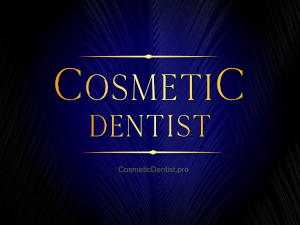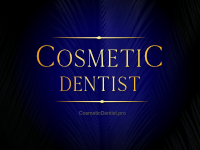Filling Spaces/ Gaps
Missing/ lost teeth can lead to many problems. At the front of the mouth (anterior teeth) a space can be unsightly and may affect biting efficiency too. Whilst at the back of the mouth (posterior teeth), chewing efficiency is reduced and the eating forces tend to be distributed through less teeth which can lead to them becoming overloaded, perhaps leading to mobility and/ or fracture.
Spaces can be filled in a variety of ways however each case is different and some methods are likely to be more suitable than others. Generally speaking, spaces can be ‘treated’ in the following ways.
- Leave alone and monitor for any problems – more relevant at the back of the mouth.
- Fill space with a partial resin (plastic) denture – a relatively cheap option however such dentures are not usually well supported and thus their stability may be compromised. An option we tend to reserve as a temporary measure, whilst a more long-term solution is implemented.
- Chrome cobalt partial denture – these offer a far more ‘stable’ and ‘user-friendly’ solution than a ‘basic partial resin denture’ and retention can be considerably higher as they are produced in a very precise manner. This solution works well for some people and a real benefit is that it is possible (with good planning) to add further teeth to this type of denture at a later stage. These dentures are supported on a custom made light weight alloy (chrome cobalt) framework. The metal used is ‘bio-compatible’ and it is very strong, allowing it to be very thin allowing the denture to blend in and be accepted by the mouth in contrast to ordinary plastic dentures which have to be made thicker).
- Hybrid dentures – are held firmly in position often involving very small (but strong) attachments that secure them against specially made crowns, avoiding the use of unsightly clasps. The specific ‘attachment system’ used depends on the complexity and requirements of each case.
- Bridge – essentially several crowns joined together, usually to allow spaces to be filled where teeth are missing.
- Implants – can be used to support a ‘single tooth crown’ (suitable for the replacement of a lost tooth), a multiple tooth unit ‘bridgework’ or offer additional retention for an ‘upper full denture’ and / or ‘lower full denture’.
Please Note: It is advised that all required / recommended restorations (fillings / crowns etc.) are carried out prior to filling spaces, thus ensuring the highest standards of accuracy, stability and retention.


